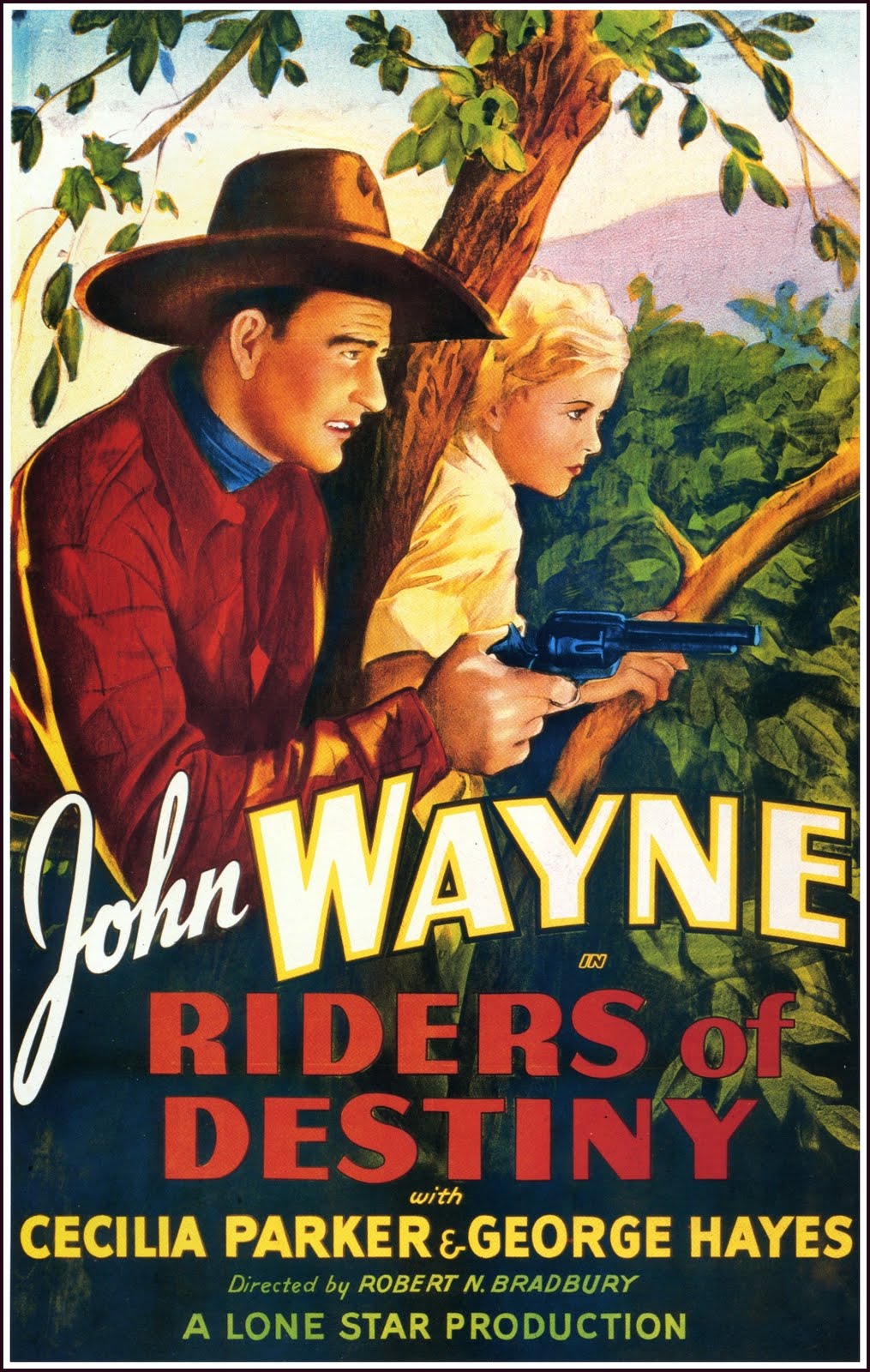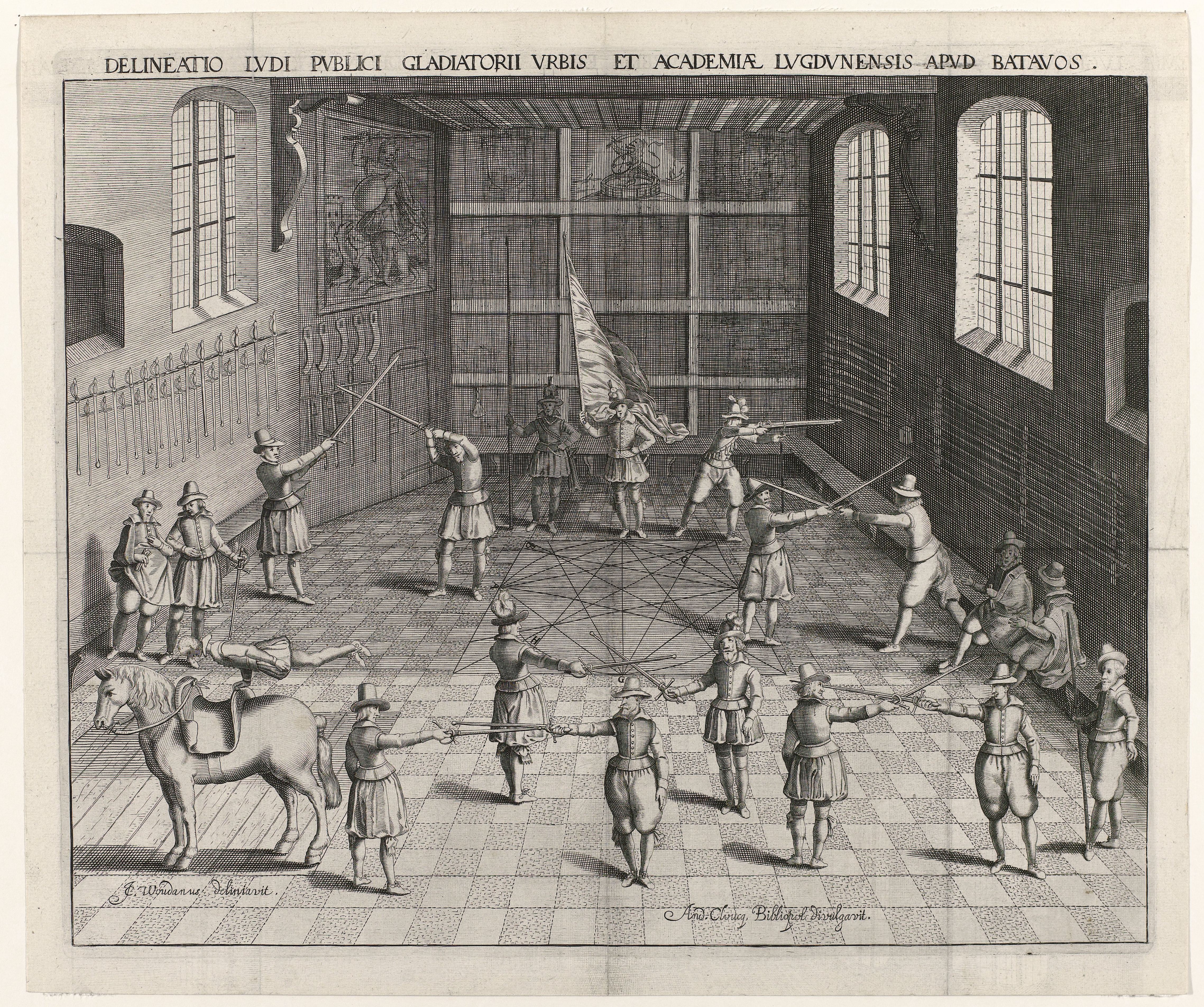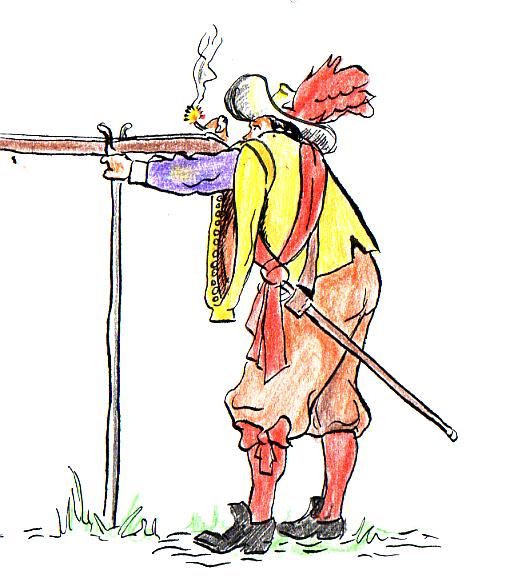|
Duck Amuck
''Duck Amuck'' is an American animated surreal comedy short film directed by Chuck Jones and written by Michael Maltese. The short was released on February 28, 1953, as part of the ''Merrie Melodies'' series, and stars Daffy Duck. In the cartoon, Daffy Duck is tormented by an unseen and mischievous animator, who constantly changes Daffy's locations, clothing, voice, physical appearance and even shape, much to Daffy's aggravation, embarrassment and finally rage. Pandemonium reigns throughout the cartoon as Daffy attempts to steer the action back to some kind of normality, only for the animator to either ignore him or, more frequently, to over-literally interpret his increasingly frantic demands. In the end, the tormenting animator is revealed to be Bugs Bunny. In 1994, it was voted #2 of The 50 Greatest Cartoons of all time by members of the animation field, behind only '' What's Opera, Doc?'', also directed by Jones and written by Maltese. In 1999, ''Duck Amuck'' was added to th ... [...More Info...] [...Related Items...] OR: [Wikipedia] [Google] [Baidu] |
Chuck Jones
Charles Martin Jones (September 21, 1912 – February 22, 2002) was an American animator, painter, voice actor and filmmaker, best known for his work with Warner Bros. Cartoons on the ''Looney Tunes'' and ''Merrie Melodies'' series of shorts. He wrote, produced, and/or directed many classic animated cartoon shorts starring Bugs Bunny, Daffy Duck, Wile E. Coyote and the Road Runner, Pepé Le Pew, Marvin the Martian, and Porky Pig, among others. Jones started his career in 1933 alongside Tex Avery, Friz Freleng, Bob Clampett, and Robert McKimson at the Leon Schlesinger Production's Termite Terrace studio, the studio that made Warner Brothers cartoons, where they created and developed the Looney Tunes characters. During the Second World War, Jones directed many of the ''Private Snafu'' (1943–1946) shorts which were shown to members of the United States military. After his career at Warner Bros. ended in 1962, Jones started MGM Animation/Visual Arts, Sib Tower 12 Productions and be ... [...More Info...] [...Related Items...] OR: [Wikipedia] [Google] [Baidu] |
The 50 Greatest Cartoons
''The 50 Greatest Cartoons: As Selected by 1,000 Animation Professionals'' is a 1994 book by animation historian Jerry Beck, with a foreword written by Chuck Jones. The book features the fifty greatest cartoons of all time, selected by a group of 1000 cartoon historians, animation professionals and film critics. The votes were culled from ballots sent to members of the Society for Animation Studies, the International Animated Film Association, one hundred animation studios, and film critics from more than one hundred periodicals. The cartoons selected include work from Disney Cartoons, Warner Bros. Cartoons, Fleischer Studios, MGM Cartoons, United Productions of America, Walter Lantz, National Film Board of Canada, Winsor McCay, Otto Messmer, Sally Cruikshank, Marv Newland, Frederic Back and various independent animators. Each selection has a plot summary, production history, and a critical analysis that examines why they were selected. The book also features comment ... [...More Info...] [...Related Items...] OR: [Wikipedia] [Google] [Baidu] |
Shell (projectile)
A shell, in a modern military context, is a projectile whose payload contains an explosive, incendiary device, incendiary, or other chemical filling. Originally it was called a bombshell, but "shell" has come to be unambiguous in a military context. A shell can hold a tracer ammunition, tracer. All explosive- and incendiary-filled projectiles, particularly for mortar (weapon), mortars, were originally called ''grenades'', derived from the French language, French word for pomegranate, so called because of the similarity of shape and that the multi-seeded fruit resembles the powder-filled, fragmentizing bomb. Words cognate with ''grenade'' are still used for an artillery or mortar projectile in some European languages. Shells are usually large-caliber projectiles fired by artillery, armored fighting vehicle, armoured fighting vehicles (e.g. tanks, assault guns, and mortar carriers), warships, and autocannons. The shape is usually a cylinder (geometry), cylinder topped by an o ... [...More Info...] [...Related Items...] OR: [Wikipedia] [Google] [Baidu] |
The Village Blacksmith
"The Village Blacksmith" is a poem by Henry Wadsworth Longfellow, first published in 1840. The poem describes a local blacksmith and his daily life. The blacksmith serves as a role model who balances his job with the role he plays with his family and community. Years after its publication, a tree mentioned in the poem was cut down and part of it was made into an armchair which was then presented to Longfellow by local schoolchildren. Synopsis The poem is about a local blacksmith. Noted as being strong, he works by the sweat of his brow and does not owe anyone anything. Children coming home from school stop to stare at him as he works, impressed by the roaring bellows and burning sparks. On Sundays, the blacksmith, a single father after the death of his wife, takes his children to church, where his daughter sings in the village choir. He goes through his life following the daily tasks assigned to him and has earned his sleep at night. The narrator concludes by thanking the blacksmi ... [...More Info...] [...Related Items...] OR: [Wikipedia] [Google] [Baidu] |
The Song Of The Marines
"The Song of the Marines" is a song composed by Harry Warren with lyrics by Al Dubin. It was featured in the 1937 Warner Bros. film, ''The Singing Marine'' where it was sung by actor Dick Powell. Later, Warner Bros. Cartoons used the song in several shorts, including the Porky Pig short '' Porky the Gob'' (1938). A shortened version (omitting the lines "It may be Shanghai, farewell and goodbye") was sung several times in the Daffy Duck cartoon '' Conrad the Sailor'' (1942) and several opening bars of it in ''Duck Amuck'' (1953), plus the Sylvester and Tweety cartoon ''Snow Business'' (1953) In 1962, Dick Powell, star of ''The Singing Marine,'' reprised the song in a cameo appearance in the '' Ensign O'Toole'' episode "Operation Benefit", a TV series owned by his production company, Four Star Television Four Star Television, also called Four Star International, was an American television production company. Founded in 1952 as Four Star Productions by prominent Hollywood actor ... [...More Info...] [...Related Items...] OR: [Wikipedia] [Google] [Baidu] |
Sailor Suit
A sailor suit is a uniform that originated in the United Kingdom, traditionally worn by enlisted seamen in a navy or other governmental sea services. It later developed into a popular clothing style for children, especially as dress clothes and school uniforms. Origins and history In the Royal Navy, the sailor suit, also called naval rig, is known as Number One dress and is worn by able rates and leading hands. It is primarily ceremonial, although it dates from the old working rig of Royal Navy sailors which has continuously evolved since its first introduction in 1857. Versions have been adopted by many navies from around the world. The flap collar is perhaps the most recognizable item of the sailor suit. It is often considered lucky to touch a sailor's collar. The bell-bottomed trousers were designed so that they could be rolled up easily when scrubbing the decks. As children's clothing In 1846, the four-year-old Albert Edward, Prince of Wales was given a scaled-down ve ... [...More Info...] [...Related Items...] OR: [Wikipedia] [Google] [Baidu] |
Singing Cowboy
A singing cowboy was a subtype of the archetypal cowboy hero of early Western (genre), Western films. It references real-world campfire side ballads in the American frontier. The original cowboys sang of life on the trail with all the challenges, hardships, and dangers encountered while pushing cattle for miles up the trails and across the prairies. This continues with modern vaquero traditions and within the genre of Western music (North America), Western music, and its related New Mexico music, New Mexico, Red Dirt (music), Red Dirt, Tejano music, Tejano, and Texas country music styles. A number of songs have been written and made famous by groups like the Sons of the Pioneers and Riders in the Sky (band), Riders in the Sky and individual performers such as Marty Robbins, Gene Autry, Roy Rogers, Tex Ritter, Bob Baker (actor), Bob Baker and other "singing cowboys". Singing in the Wrangler (profession), wrangler style, these entertainers have served to preserve the cowboy as a uniq ... [...More Info...] [...Related Items...] OR: [Wikipedia] [Google] [Baidu] |
Animator
An animator is an artist who creates images, known as frames, which give an illusion of movement called animation when displayed in rapid sequence. Animators can work in a variety of fields including film, television, and video games. Animation is closely related to filmmaking and like filmmaking is extremely labor-intensive, which means that most significant works require the collaboration of several animators. The methods of creating the images or frames for an animation piece depend on the animators' artistic styles and their field. Other artists who contribute to animated cartoons, but who are not animators, include Page layout, layout artists (who design the backgrounds, lighting, and camera angles), storyboard artists (who draw panels of the action from the script), and background artists (who paint the "scenery"). Animated films share some film crew positions with regular live action films, such as director, producer, sound engineer, and editor, but differ radically i ... [...More Info...] [...Related Items...] OR: [Wikipedia] [Google] [Baidu] |
Foil (fencing)
A foil is one of the three weapons used in the sport of fencing. It is a flexible sword of total length or under, rectangular in cross section, weighing under , with a blunt tip. As with the épée, points are only scored by making contact with the tip. The foil is the most commonly used weapon in fencing. Non-electric and electric foils Background There are two types of foil used in modern fencing. Both types are made with the same basic parts: the pommel, grip, guard, and blade. The difference between them is one is electric, and the other is known as "steam" or "dry". The blades of both varieties are capped with a plastic or rubber piece, with a button at the tip in electric blades, that provides information when the blade tip touches the opponent. (There are also a range of plastic swords made by varying manufacturers for use by juniors.) Lacking the button and associated electrical mechanism, a judge is required to determine the scoring and the victor in a tournament wi ... [...More Info...] [...Related Items...] OR: [Wikipedia] [Google] [Baidu] |
Fencing
Fencing is a combat sport that features sword fighting. It consists of three primary disciplines: Foil (fencing), foil, épée, and Sabre (fencing), sabre (also spelled ''saber''), each with its own blade and set of rules. Most competitive fencers specialise in one of these disciplines. The modern sport gained prominence near the end of the 19th century, evolving from historical European swordsmanship. The Italian school of swordsmanship, Italian school altered the Historical European martial arts, historical European martial art of classical fencing, and the French school of fencing, French school later refined that system. Scoring points in a fencing competition is done by making contact with the opponent with one's sword. The 1904 Olympic Games featured a fourth discipline of fencing known as singlestick, but it was dropped after that year and is not a part of modern fencing. Competitive fencing was one of the first sports to be featured in the Olympics and, along with Athl ... [...More Info...] [...Related Items...] OR: [Wikipedia] [Google] [Baidu] |
Musketeer
A musketeer ( ) was a type of soldier equipped with a musket. Musketeers were an important part of early modern warfare, particularly in Europe, as they normally comprised the majority of their infantry. The musketeer was a precursor to the rifleman. Muskets were replaced by breech loading rifles as the almost universal firearm for modern armies during the period 1850 to 1870. The traditional designation of "musketeer" for an infantry private survived in the Imperial German Army until World War I. Historical antecedents The hand cannon was invented in Song dynasty China in the 12th century and was in widespread use there in the 13th century. It spread westward across Asia during the 14th century. The hand cannon evolved into the arquebus that appeared in Europe and the Ottoman Empire during the 15th century. The term musket was originally used to describe a heavy arquebus capable of penetrating heavy armor. Although this heavy version of the musket fell out of use after the mid ... [...More Info...] [...Related Items...] OR: [Wikipedia] [Google] [Baidu] |




